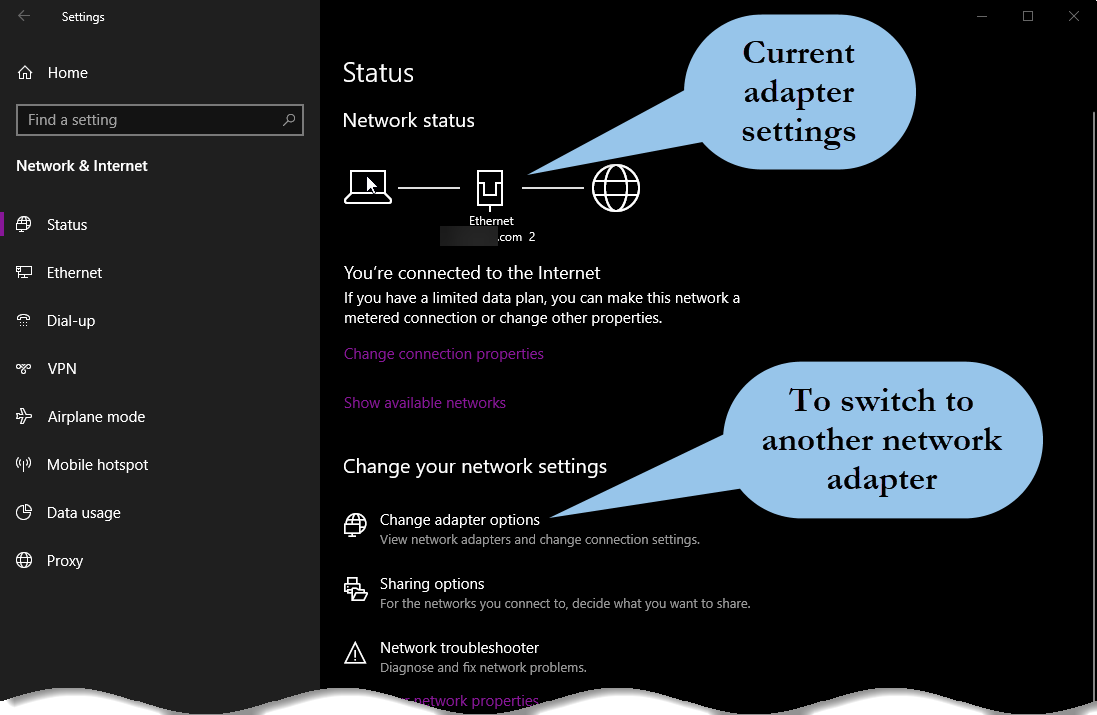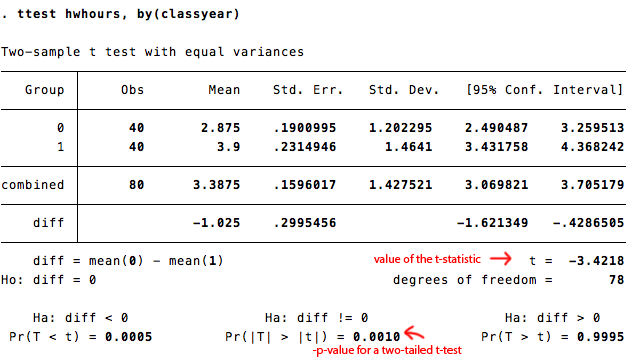The Ultimate Guide to Xero API Contact IDs
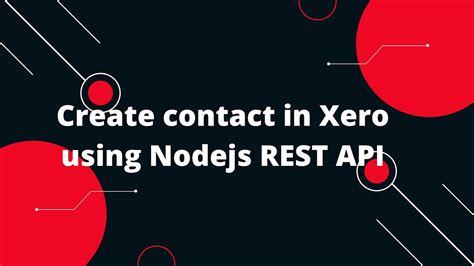
Xero, a powerful accounting software, offers a robust API (Application Programming Interface) that allows developers to integrate various functionalities and automate accounting processes. One crucial aspect of working with the Xero API is understanding Contact IDs, which serve as unique identifiers for contacts within the Xero ecosystem. In this comprehensive guide, we will delve into the world of Xero API Contact IDs, exploring their significance, usage, and best practices.
Unveiling Xero API Contact IDs

Contact IDs are an essential component of the Xero API, providing a way to reference and interact with specific contacts in your Xero organization. These IDs are unique to each contact and remain consistent across different Xero accounts and organizations. They act as a stable identifier, enabling seamless integration and data exchange between various systems and applications.
By leveraging Contact IDs, developers can perform a wide range of operations, including retrieving contact details, updating contact information, and even creating new contacts within the Xero system. This functionality opens up a plethora of opportunities for automating accounting workflows, integrating CRM (Customer Relationship Management) systems, and building customized financial applications.
Understanding the Structure and Generation of Contact IDs
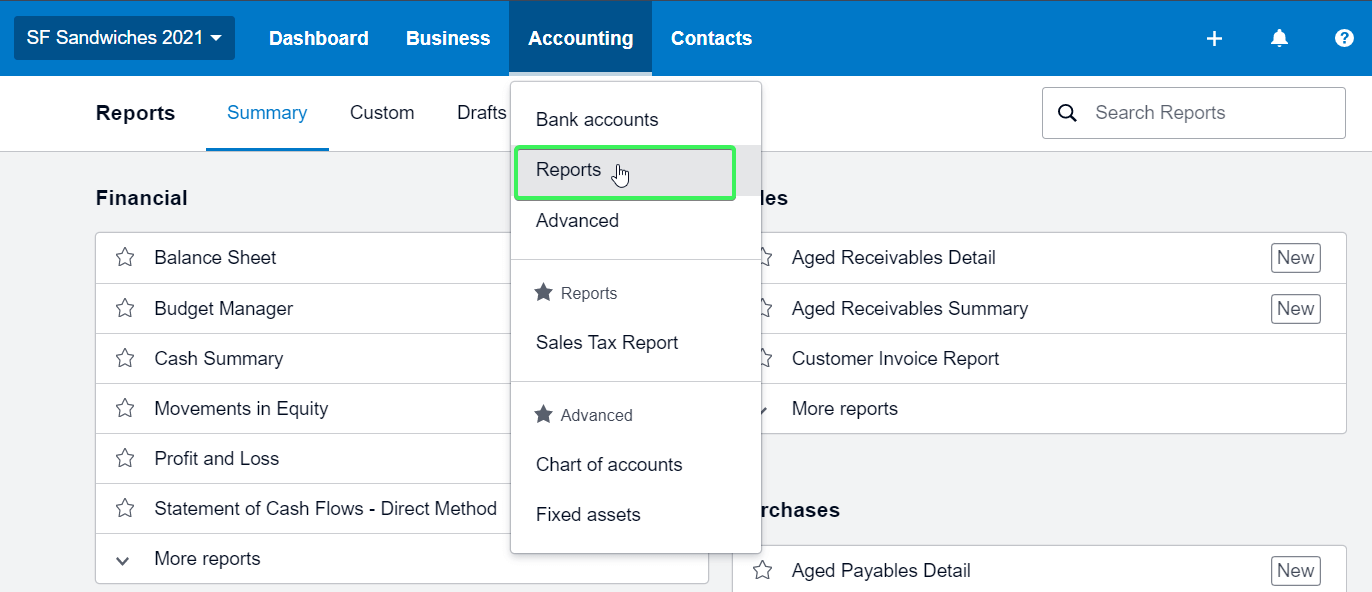
Xero Contact IDs are typically represented as unique alphanumeric strings, ensuring they are globally unique and easily identifiable. These IDs are generated by Xero when a contact is created, either manually by users or through automated processes via the API. The specific format and length of Contact IDs may vary, but they generally follow a standardized structure to maintain consistency and ease of use.
It's important to note that Contact IDs are not directly accessible to end-users within the Xero interface. They are primarily intended for use by developers and applications interacting with the Xero API. This separation ensures security and prevents accidental tampering or misuse of contact data.
Example of a Xero Contact ID:
5d9b34b3-8456-49b9-8f2b-63774c9998f7
Retrieving Contact IDs Using the Xero API
To utilize Contact IDs effectively, developers must first obtain them through the Xero API. The API provides endpoints that allow you to retrieve contact lists and individual contact details, including their respective Contact IDs. By making authenticated API calls, you can access the necessary information to work with contacts programmatically.
Here's an example of a sample API request to retrieve a list of contacts:
GET https://api.xero.com/contacts?where=Name.contains("John") HTTP/1.1
Authorization: Bearer YOUR_ACCESS_TOKEN
The response from the API will include a list of contacts, with each contact object containing its unique Contact ID. This allows you to identify and interact with specific contacts based on their IDs.
Working with Contact IDs in API Calls
Once you have obtained Contact IDs, you can leverage them in various API operations. Here are some common use cases:
Retrieving Contact Details:
To fetch detailed information about a specific contact, you can make an API request using the Contact ID as a parameter. This allows you to access contact attributes such as name, address, email, phone numbers, and more.
GET https://api.xero.com/contacts/{ContactID} HTTP/1.1
Authorization: Bearer YOUR_ACCESS_TOKEN
Updating Contact Information:
If you need to update a contact’s details, you can send a PUT or PATCH request to the corresponding Contact ID endpoint. This enables you to modify attributes like contact name, address, or any other relevant information.
PUT https://api.xero.com/contacts/{ContactID} HTTP/1.1
Authorization: Bearer YOUR_ACCESS_TOKEN
{
"Name": "Updated Contact Name",
"Address": {
"AddressLine1": "New Address Line 1",
"AddressLine2": "New Address Line 2",
"City": "New City",
"Region": "New Region",
"Country": "New Country",
"PostalCode": "New Postal Code"
}
}
Creating New Contacts:
When integrating with Xero, you may need to create new contacts programmatically. The Xero API allows you to do so by sending a POST request with the necessary contact details to the contacts endpoint. The API will generate a unique Contact ID for the newly created contact.
POST https://api.xero.com/contacts HTTP/1.1
Authorization: Bearer YOUR_ACCESS_TOKEN
{
"Name": "New Contact Name",
"Address": {
"AddressLine1": "Address Line 1",
"AddressLine2": "Address Line 2",
"City": "City",
"Region": "Region",
"Country": "Country",
"PostalCode": "Postal Code"
}
}
Best Practices and Tips for Working with Contact IDs
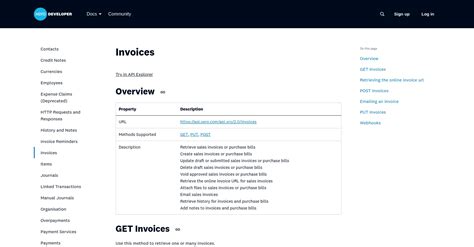
When utilizing Contact IDs in your integrations, it’s important to follow best practices to ensure a seamless and efficient experience:
- Store Contact IDs Securely: Ensure that you store Contact IDs in a secure manner. Avoid exposing them in plain text or logging them unnecessarily. Implement proper encryption and access controls to protect sensitive data.
- Handle ID Changes: While Contact IDs are designed to be stable, there may be rare cases where Xero modifies or regenerates IDs. To handle such scenarios gracefully, consider implementing a mechanism to map old IDs to new ones or gracefully handle errors when contacting IDs are no longer valid.
- Use Contact IDs Consistently: Ensure that your application consistently uses Contact IDs to reference contacts across different operations. This helps maintain data integrity and avoids confusion when working with multiple contacts.
- Validate and Sanitize Input: Always validate and sanitize any input data when working with Contact IDs. This helps prevent potential security vulnerabilities and ensures that your application handles invalid or malicious input gracefully.
Performance and Scalability Considerations
When integrating with the Xero API on a large scale or in high-performance environments, it’s essential to consider performance and scalability factors. Here are some tips to optimize your API interactions:
- Batch Processing: If you need to perform operations on multiple contacts, consider using batch processing techniques. This allows you to optimize API calls by sending multiple requests in a single API call, reducing the overall number of API requests and improving performance.
- Caching and Rate Limiting: Implement caching mechanisms to store frequently accessed contact data locally. Additionally, be mindful of Xero's API rate limits and ensure that your application adheres to them to avoid potential rate-limiting issues.
- Async Processing: For time-consuming operations or scenarios where immediate results are not required, consider using asynchronous processing techniques. This allows your application to continue functioning while long-running tasks are executed in the background.
Security and Access Control
When working with the Xero API and Contact IDs, security and access control are paramount. Xero provides a robust authentication and authorization framework to ensure secure access to your organization’s data. Here are some key considerations:
- OAuth 2.0 Authentication: Xero utilizes OAuth 2.0 for authentication, which allows users to grant access to their Xero data without sharing their credentials. Ensure that your application integrates with OAuth 2.0 to obtain access tokens securely.
- Access Scopes: Xero provides a range of access scopes that determine the level of access your application has to different Xero resources. Choose the appropriate scopes based on your application's requirements to ensure a secure and controlled access model.
- Refresh Tokens and Token Expiration: Xero uses access tokens with a limited lifespan. Implement a mechanism to refresh access tokens when they expire to maintain uninterrupted access to the Xero API.
Integrating with CRM Systems
One of the powerful aspects of using Xero Contact IDs is the ability to integrate seamlessly with CRM systems. By synchronizing contact data between Xero and your CRM platform, you can create a unified view of your customers and streamline your accounting and sales processes.
To integrate with CRM systems, you can utilize the Xero API to retrieve and update contact details in real-time. This allows you to keep both systems synchronized and ensure that your accounting and sales teams have access to accurate and up-to-date customer information.
Example CRM Integration Scenario:
Imagine you have a sales team using a CRM platform, and they want to create an invoice for a new customer in Xero. By utilizing Contact IDs, you can automatically create a new contact in Xero and sync the contact details with the CRM system. This ensures that the customer information is consistent across both platforms, reducing manual data entry and potential errors.
Future Implications and Enhancements
Xero continuously strives to enhance its API and provide developers with improved tools and functionalities. As the Xero API evolves, we can expect several exciting enhancements and features related to Contact IDs and contact management:
- Enhanced Contact Search and Filtering: Xero may introduce advanced search and filtering capabilities, allowing developers to retrieve contacts based on specific criteria, such as custom fields or tags.
- Contact Relationship Management (CRM) Features: Xero could potentially integrate CRM functionalities directly into its API, enabling developers to manage contact relationships, track interactions, and perform advanced analytics within the Xero ecosystem.
- Machine Learning and AI Integration: With the advancement of AI and machine learning technologies, Xero might incorporate these capabilities into its API. This could enable intelligent contact profiling, automated contact segmentation, and personalized recommendations based on contact behavior and preferences.
Conclusion
Xero API Contact IDs are a powerful tool for developers looking to integrate accounting processes and automate workflows. By understanding the structure and usage of Contact IDs, developers can unlock a world of possibilities, from seamless CRM integrations to advanced contact management. As Xero continues to innovate and enhance its API, developers can look forward to even more exciting features and improvements, making the Xero API an indispensable tool for building robust financial applications.
How can I obtain a Contact ID for a specific contact in Xero?
+
To obtain a Contact ID for a specific contact in Xero, you can make an API request to the contacts endpoint. By including appropriate filters or search criteria, you can retrieve a list of contacts, including their respective Contact IDs. This allows you to identify and interact with the desired contact programmatically.
Are Contact IDs unique across different Xero organizations or accounts?
+
Yes, Contact IDs are unique within each Xero organization or account. When a contact is created, Xero generates a unique ID for that contact, ensuring that it remains consistent and identifiable within the specific organization. However, if you have multiple Xero organizations or accounts, each contact will have a separate and unique Contact ID.
Can I change or modify a Contact ID once it has been assigned to a contact?
+
No, Contact IDs are generated by Xero and are not intended to be modified or changed manually. Xero assigns a unique ID to each contact, and this ID remains stable and consistent throughout the contact’s lifecycle. However, you can update other attributes and details of the contact using the Contact ID as a reference.
What happens if a Contact ID is no longer valid or the contact is deleted?
+
If a Contact ID is no longer valid or the associated contact is deleted, attempting to access that contact using the Contact ID will result in an error. Xero’s API provides error handling mechanisms to handle such scenarios gracefully. It’s important to handle these errors appropriately and implement a mechanism to handle cases where Contact IDs are no longer valid.
